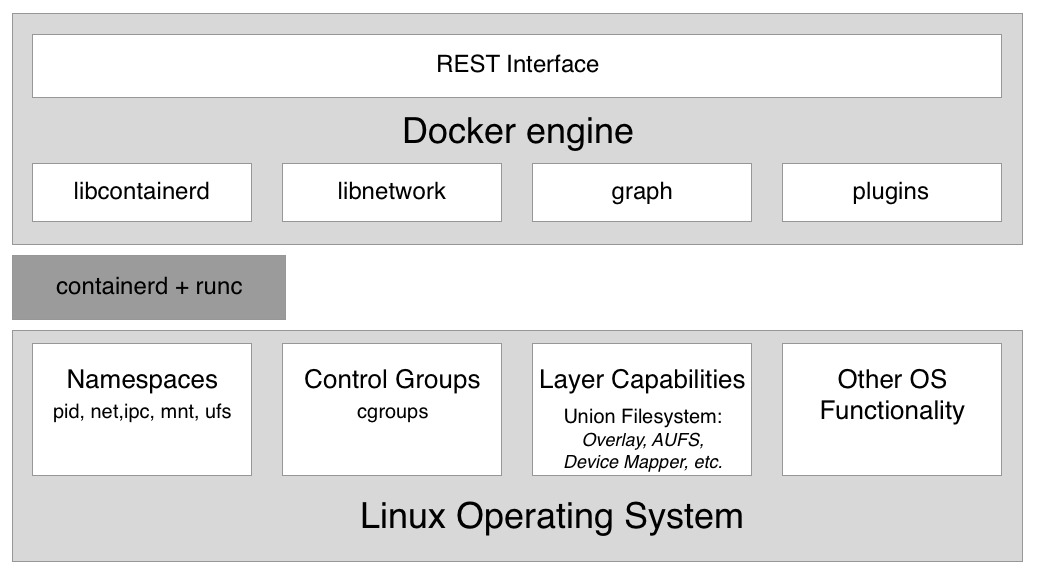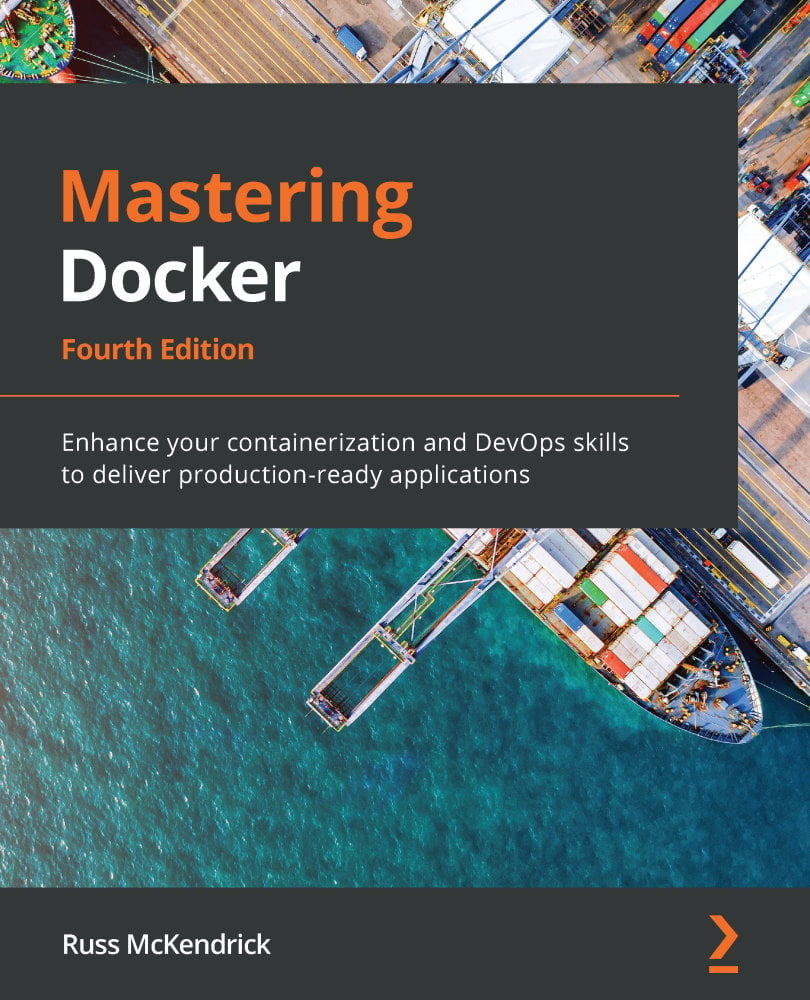What Are Containers and Why Should I Use Them?
This first chapter will introduce you to the world of containers and their orchestration. This book starts from the very beginning, in that it assumes that you have no prior knowledge of containers, and will give you a very practical introduction to the topic.
In this chapter, we will focus on the software supply chain and the friction within it. Then, we'll present containers, which are used to reduce this friction and add enterprise-grade security on top of it. We'll also look into how containers and the ecosystem around them are assembled. We'll specifically point out the distinction between the upstream Open Source Software (OSS) components, united under the code name Moby, that form the building blocks of the downstream products of Docker and other vendors.
The chapter covers the following topics...
What are containers?
A software container is a pretty abstract thing, so it might help if we start with an analogy that should be pretty familiar to most of you. The analogy is a shipping container in the transportation industry. Throughout history, people have been transporting goods from one location to another by various means. Before the invention of the wheel, goods would most probably have been transported in bags, baskets, or chests on the shoulders of the humans themselves, or they might have used animals such as donkeys, camels, or elephants to transport them.
With the invention of the wheel, transportation became a bit more efficient as humans built roads that they could move their carts along. Many more goods could be transported at a time. When the first steam-driven machines, and later gasoline-driven engines, were introduced...
Why are containers important?
These days, the time between new releases of an application become shorter and shorter, yet the software itself doesn't become any simpler. On the contrary, software projects increase in complexity. Thus, we need a way to tame the beast and simplify the software supply chain.
Also, every day, we hear that cyber-attacks are on the rise. Many well-known companies are and have been affected by security breaches. Highly sensitive customer data gets stolen during such events, such as social security numbers, credit card information, and more. But not only customer data is compromised – sensitive company secrets are stolen too.
Containers can help in many ways. First of all, Gartner found that applications running in a container are more secure than their counterparts not running in a container. Containers...
What's the benefit for me or for my company?
Somebody once said that, today, every company of a certain size has to acknowledge that they need to be a software company. In this sense, a modern bank is a software company that happens to specialize in the business of finance. Software runs all businesses, period. As every company becomes a software company, there is a need to establish a software supply chain. For the company to remain competitive, their software supply chain has to be secure and efficient. Efficiency can be achieved through thorough automation and standardization. But in all three areas – security, automation, and standardization – containers have been shown to shine. Large and well-known enterprises have reported that, when containerizing existing legacy applications (many call them traditional...
The Moby project
Originally, when Docker (the company) introduced Docker containers, everything was open source. Docker didn't have any commercial products at this time. The Docker engine that the company developed was a monolithic piece of software. It contained many logical parts, such as the container runtime, a network library, a RESTful (REST) API, a command-line interface, and much more.
Other vendors or projects such as Red Hat or Kubernetes were using the Docker engine in their own products, but most of the time, they were only using part of its functionality. For example, Kubernetes did not use the Docker network library for the Docker engine but provided its own way of networking. Red Hat, in turn, did not update the Docker engine frequently and preferred to apply unofficial patches to older versions of the Docker engine,...
Docker products
Docker currently separates its product lines into two segments. There is the Community Edition (CE), which is closed-source yet completely free, and then there is the Enterprise Edition (EE), which is also closed-source and needs to be licensed on a yearly basis. These enterprise products are backed by 24/7 support and are supported by bug fixes.
Docker CE
Part of the Docker Community Edition are products such as the Docker Toolbox and Docker for Desktop with its editions for Mac and Windows. All these products are mainly targeted at developers.
Docker for Desktop is an easy-to-install desktop application that can be used to build, debug, and test Dockerized applications or services on a...
Container architecture
Now, let's discuss how a system that can run Docker containers is designed at a high level. The following diagram illustrates what a computer that Docker has been installed on looks like. Note that a computer that has Docker installed on it is often called a Docker host because it can run or host Docker containers:

In the preceding diagram, we can see three essential parts:
- On the bottom, we have the Linux operating system
- In the middle, in dark gray, we have the container runtime
- On the top, we have the Docker engine
Containers are only possible due to the fact that the Linux OS provides some primitives, such as namespaces, control groups, layer capabilities, and more, all of which are leveraged in a very specific way by the container runtime and the Docker engine. Linux kernel...
Summary
In this chapter, we looked at how containers can massively reduce friction in the software supply chain and, on top of that, make the supply chain much more secure.
In the next chapter, we will learn how to prepare our personal or working environment such as that we can work efficiently and effectively with Docker. So, stay tuned.
Questions
Please answer the following questions to assess your learning progress:
- Which statements are correct (multiple answers are possible)?
A. A container is kind of a lightweight VM
B. A container only runs on a Linux host
C. A container can only run one process
D. The main process in a container always has PID 1
E. A container is one or more processes encapsulated by Linux namespaces and restricted by cgroups
- In your own words, maybe by using analogies, explain what a container is.
- Why are containers considered to be a game-changer in IT? Name three or four reasons.
- What does it mean when we claim: If a container runs on a given platform, then it runs anywhere...? Name two to three reasons why this is true.
- Docker containers are only really useful for modern greenfield applications based on microservices. Please justify your answer.
A. True
B...
Further reading
The following is a list of links that lead to more detailed information regarding the topics we discussed in this chapter:
- Docker overview: https://docs.docker.com/engine/docker-overview/
- The Moby project: https://mobyproject.org/
- Docker products: https://www.docker.com/get-started
- Cloud-Native Computing Foundation: https://www.cncf.io/
- containerd – an industry-standard container runtime: https://containerd.io/




















 Download code from GitHub
Download code from GitHub






